The Shocking Reality of Florida’s Coastal Crisis
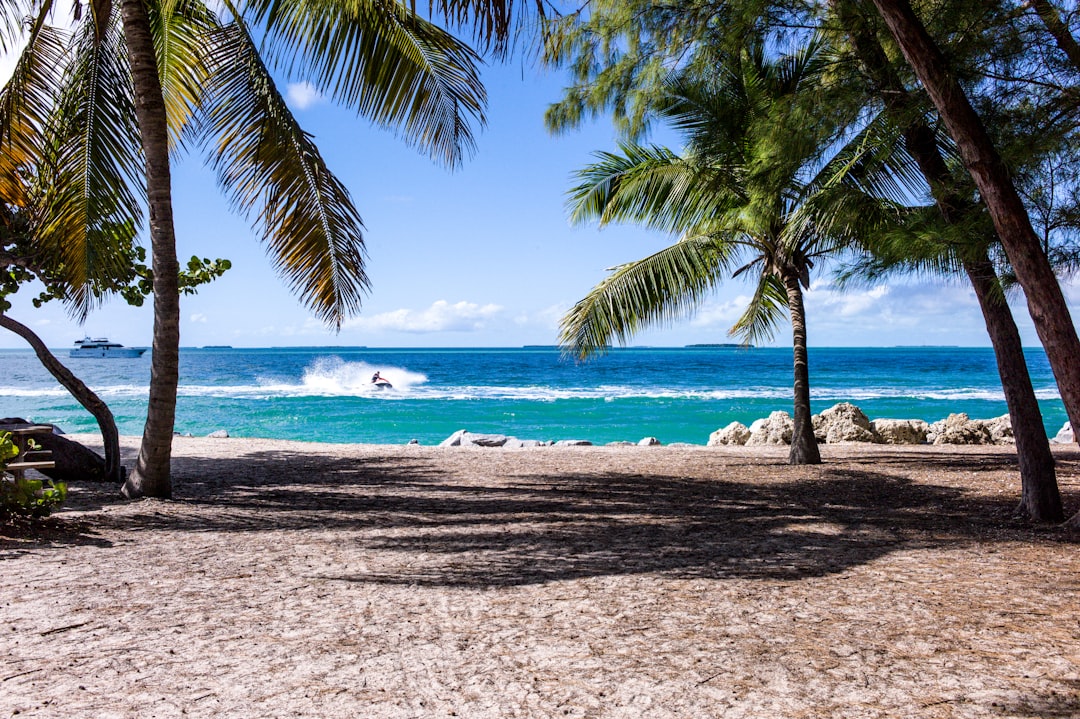
Walking along Florida’s beaches today, you might not immediately notice what’s happening beneath your feet. But the truth is alarming: more than half of Florida’s 825 miles of coastline are now critically eroded, and this erosion is accelerating at an unprecedented pace. Once you could re-sand a Florida beach and you wouldn’t need to do it again for a decade or so, but not anymore. The state’s pristine beaches, which attract millions of tourists and protect inland communities from devastating storms, are vanishing faster than anyone predicted just a few years ago.
The Numbers Don’t Lie – Erosion Statistics Paint a Grim Picture
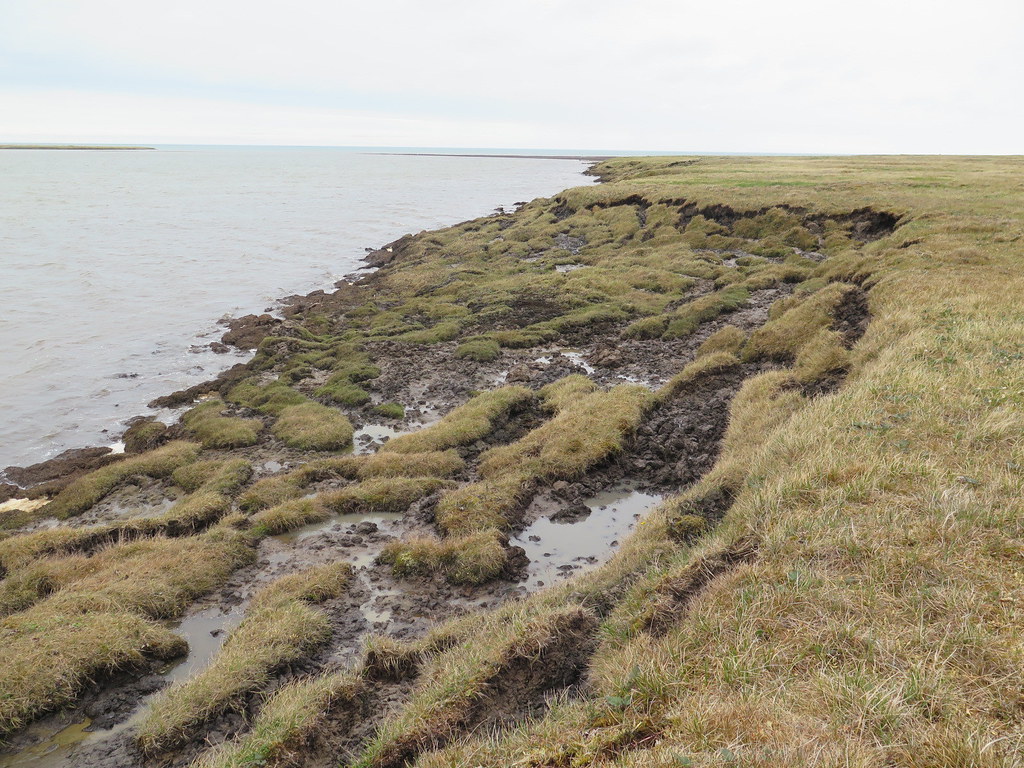
Florida boasts 825 miles of coastline, but as of 2021, more than 426.6 miles of it are critically eroded. That’s more than half of the state’s sandy beaches facing serious erosion problems. The average erosional rate was −0.9±0.03 m/yr on the Florida panhandle, where erosion occurred at 61 percent of transect locations making this subregion the most erosional overall in the long-term. Some areas are experiencing even more dramatic losses, with the greatest long-term erosion rate here was −7.3±4.0 m/yr at the beach at Tyndall Air Force Base. These aren’t just numbers on a chart – they represent real beaches disappearing before our eyes.
Sea Level Rise is Accelerating the Beach Loss

Sea levels across Florida are as much as 8 inches higher than they were in 1950, and are now rising as much as 1 inch every 3 years. This dramatic acceleration is making erosion problems worse than ever before. Sea level rise over the next 30 years along the U.S. coastline is projected to be 10-12 inches, which will be as much as what has been measured over the past 100 years from 1920 to 2020. This is an indication of the acceleration in the rate of sea level rise that is expected to continue. Sea levels around Virginia Key have risen by 8 inches since 1950, but they have been rising by 1 inch every 3 years over the past 10 years. This acceleration in sea level rise is projected to continue. It’s like watching a slow-motion catastrophe unfold in real time.
Hurricane Damage is Getting Worse and Recovery Takes Longer
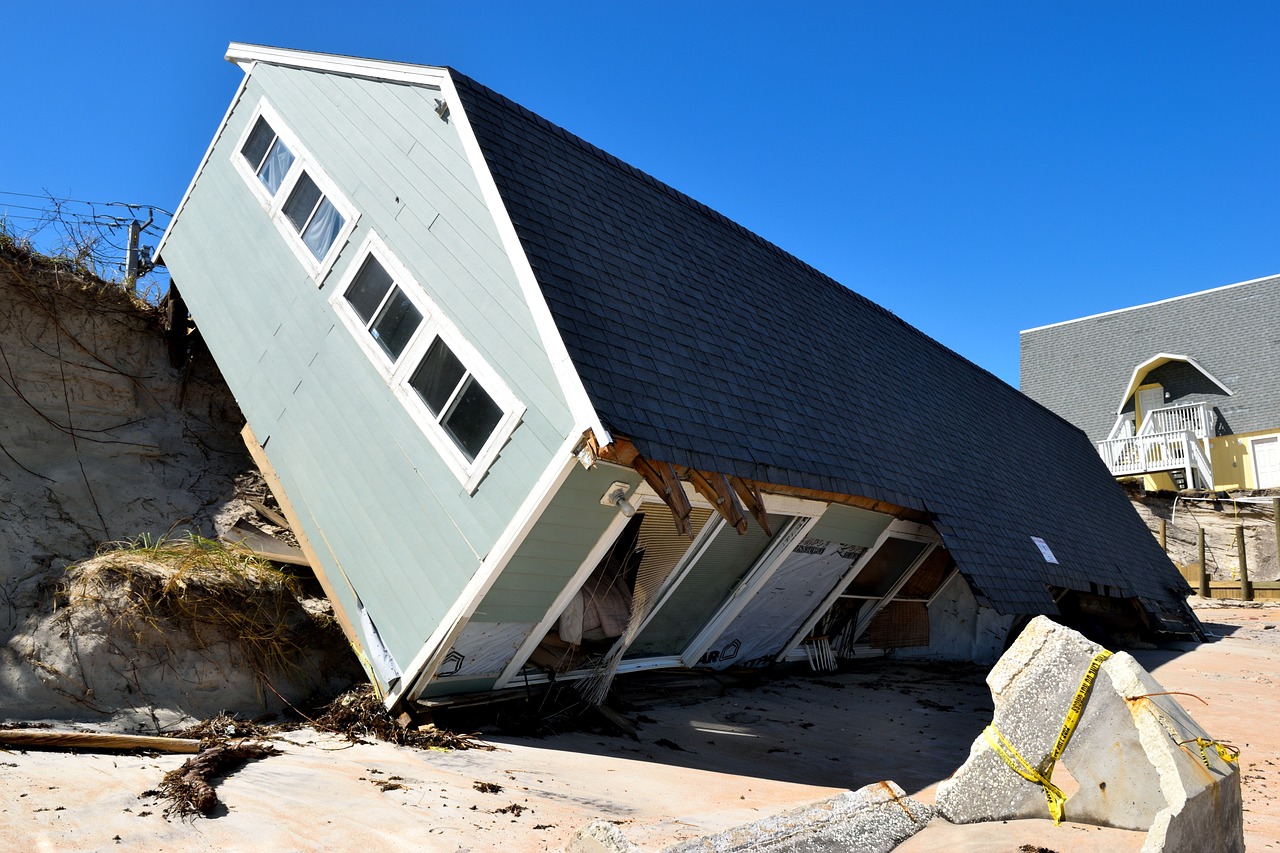
Florida’s hurricane seasons are becoming more destructive for beaches than ever before. The high waves and the elevated sea level brought by Hurricane Idalia created “the perfect storm” for beach and dune erosion. “We likely lost all the sand we put down five years ago. Some places may have even lost sand from the previous nourishment,” said one expert. When researchers looked at the impact of back-to-back hurricanes on beaches, they found beaches with manmade fortifications struggled to recover sand and vegetation after storms compared to natural beaches. “There are exposed seawalls that I haven’t seen in 20 years,” said one professor who has been studying Florida’s coast for more than two decades.
Beach Restoration Projects Are Becoming Desperately Frequent
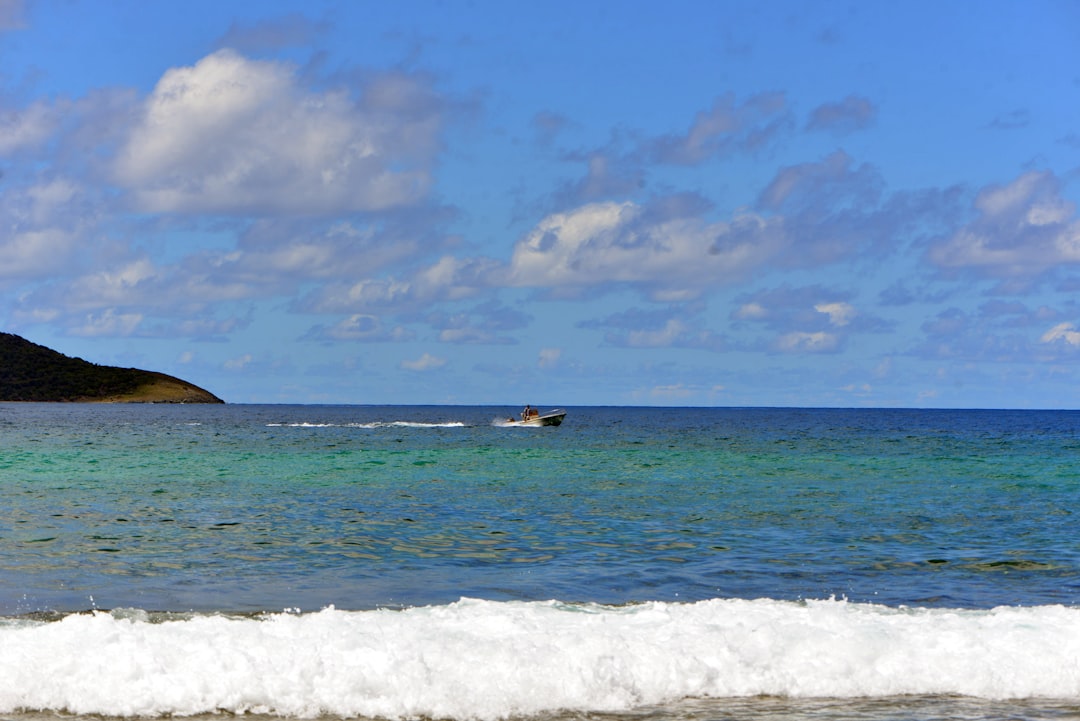
The pace of beach restoration projects tells the story of Florida’s coastal crisis. “3,600 truckloads of sand: How Hillsboro Beach plans to beef up its eroded beach,” announced one $5 million project, while another project to dump new sand on 10 miles of beaches cost $32 million. News reports now regularly feature headlines like “Millions spent each year repairing beaches, only to have storms, erosion hit them again,” and experts confirm these projects are happening much more often than they used to. The reason is simple: “Nothing has changed from the futile and expensive sand rearrangement as the public agencies try to replace the littoral drift, except that it has gotten more expensive with sea level rise”.
Critical Areas Face Immediate Threats to Infrastructure
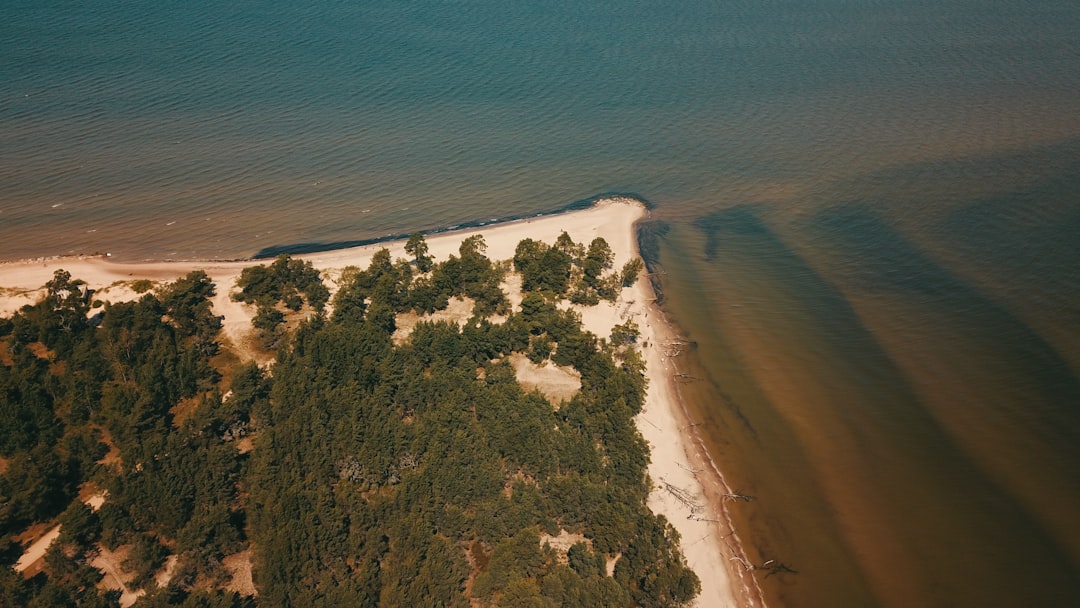
Some of Florida’s most important areas are facing immediate danger from coastal erosion. A 4.7-mile segment along Kennedy Space Center is critically eroded, threatening manned spacecraft facilities, launch pads, Phillips Parkway, and buried infrastructure. In Hillsborough County, most of the length of Egmont Key (1.6 miles) is critically eroded, threatening recreational interests and important cultural resources. Passage Key, a national wildlife refuge, has been reduced to an intertidal shoal due to erosion that has threatened a major sea bird rookery. These aren’t just beaches – they’re critical pieces of Florida’s infrastructure and natural heritage.
The Pinellas County Nightmare Scenario
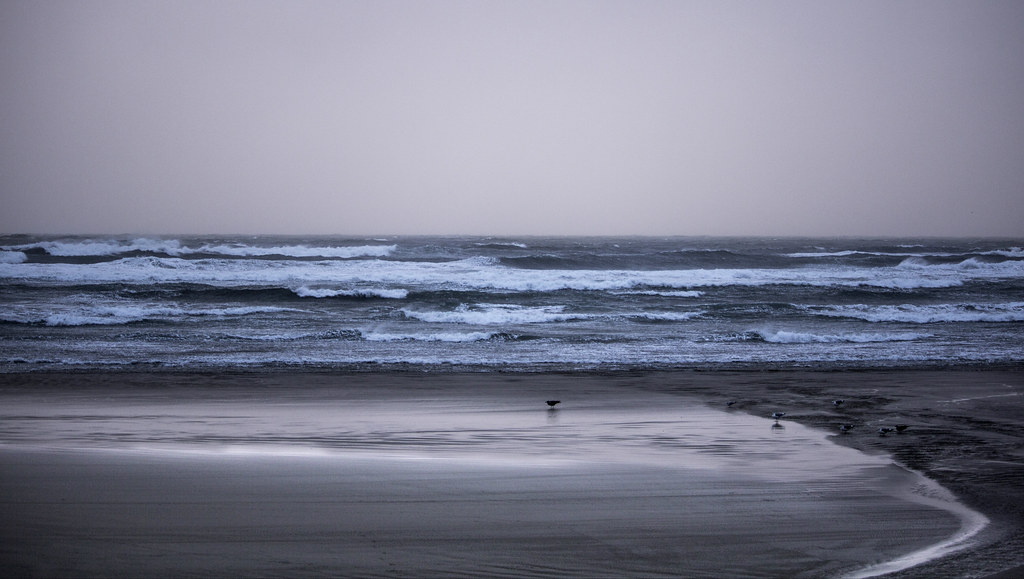
The south end of Clearwater Beach Island is critically eroded, and almost all of Sand Key, except for the north and south ends, has been critically eroded. This area extends 11.3 miles and has threatened development and recreational interests in multiple communities including Belleair Beach, Indian Rocks Beach, Indian Shores, and Redington Shores. The town’s only protection from the Gulf of Mexico’s increasingly erratic storms is a pristine beach that draws millions of tourists every year — but that beach is disappearing fast. A series of storms have eroded most of the sand that protects these communities, leaving residents just one big wave away from disaster.
Ancient Cultural Sites Are Washing Away
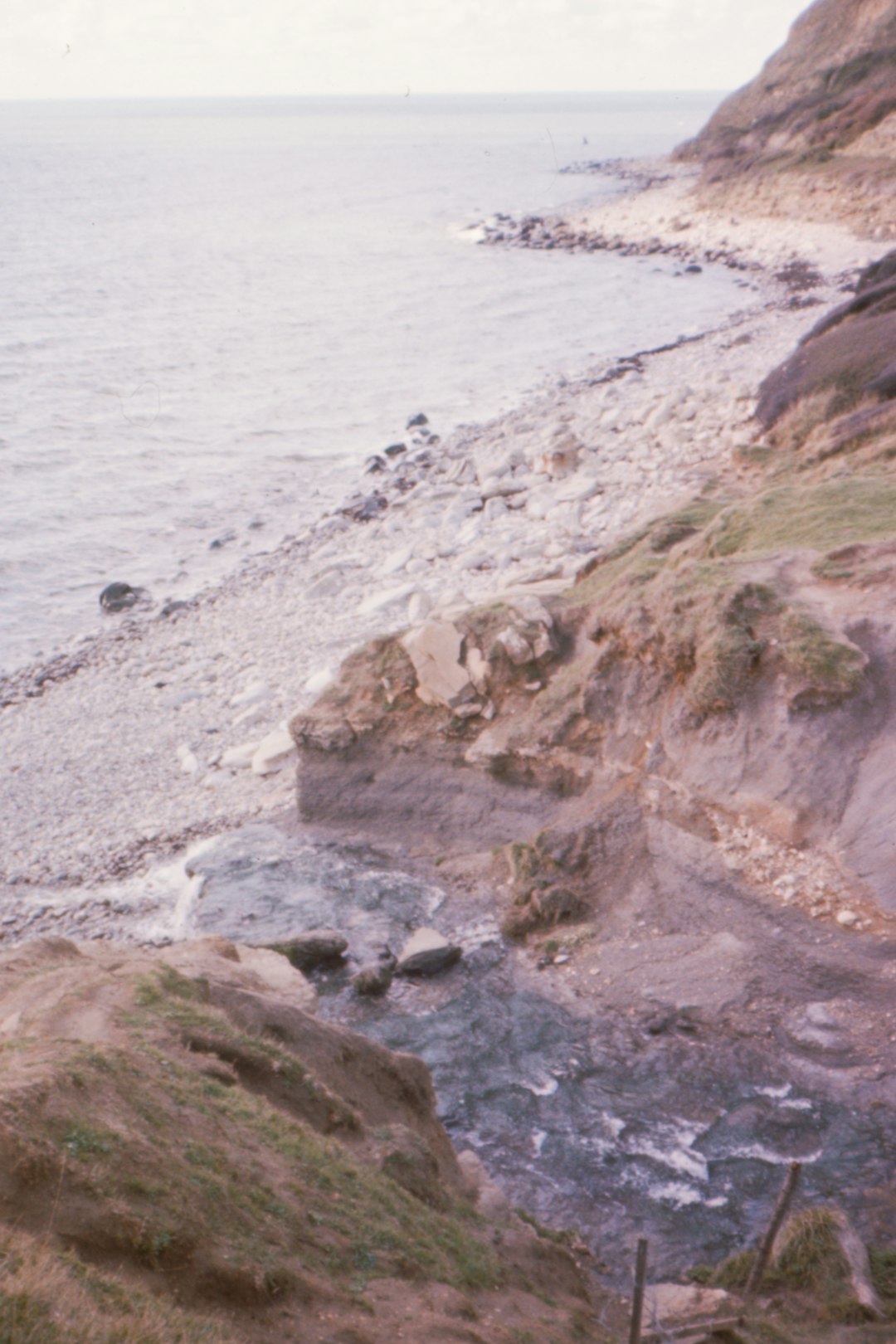
Florida’s coastal erosion isn’t just destroying beaches – it’s erasing history. Shell middens containing Native American cultural artifacts are located along actively eroding shorelines in places like Apalachicola Bay. These habitats, which were created near the coast where shellfish were harvested, are increasingly at risk to erosion and flooding from sea level rise and storms. These Native American cultural heritage and archaeological sites offer valuable knowledge of past communities and environments, but they face vulnerability to erosion and flooding from future sea level rise. Once these sites are gone, they’re gone forever – taking thousands of years of human history with them.
The Economic Nightmare of Endless Sand Replacement
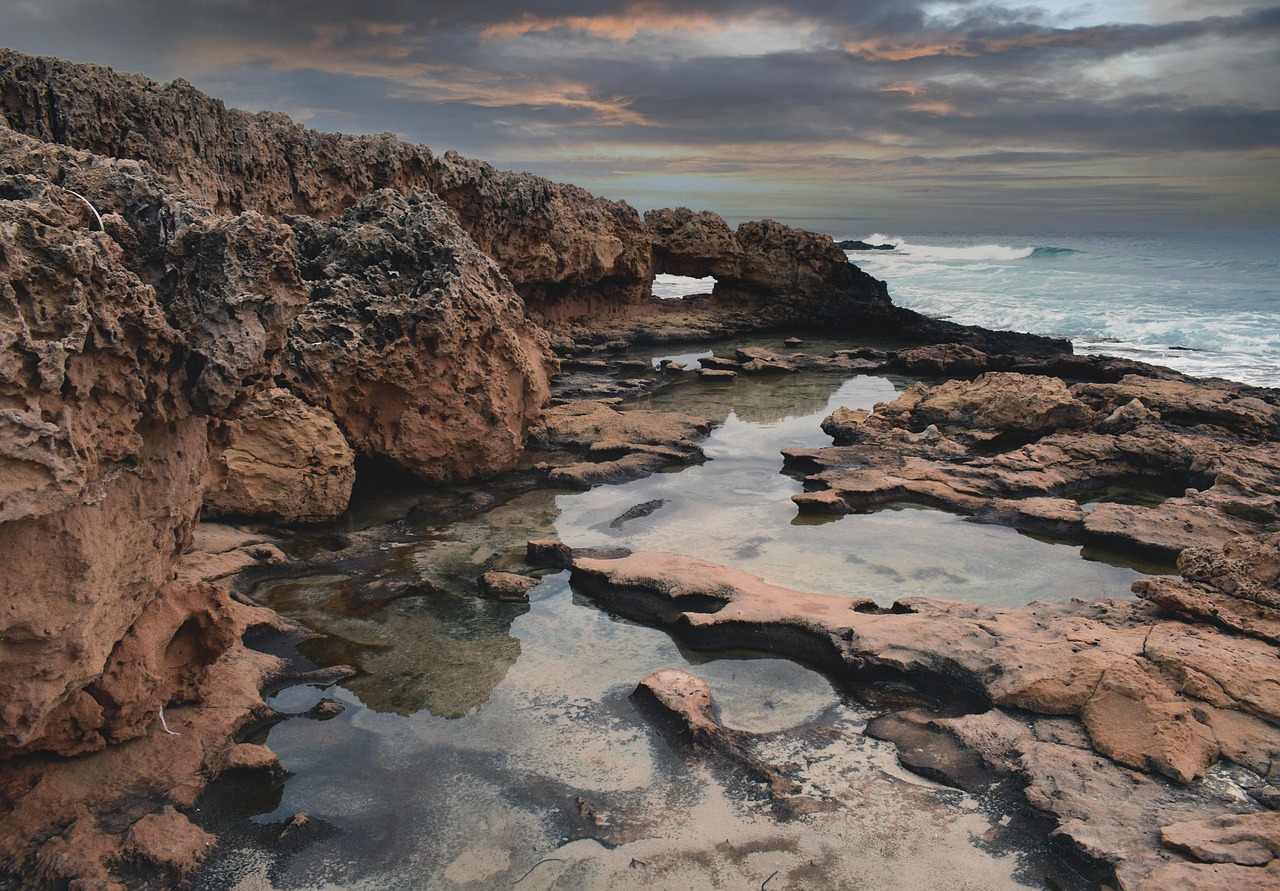
The financial burden of fighting coastal erosion is staggering and growing. Communities are spending over $4 billion on solutions to combat sea level rise and coastal erosion. According to Miami’s stormwater master plan, the city alone will have to spend at least $3.8 billion in the next four decades to keep the city dry from rising seas. Yet factors such as its limestone bedrock represent challenges that will be extremely costly, and sophisticated infrastructure will not be able to fully overcome. The annual sand requirement for beach nourishment could triple by 2050, with costs rising fivefold due to the global increase in sand prices. This will exacerbate economic and logistical pressures on coastal communities.
Natural Defenses Are Being Overwhelmed
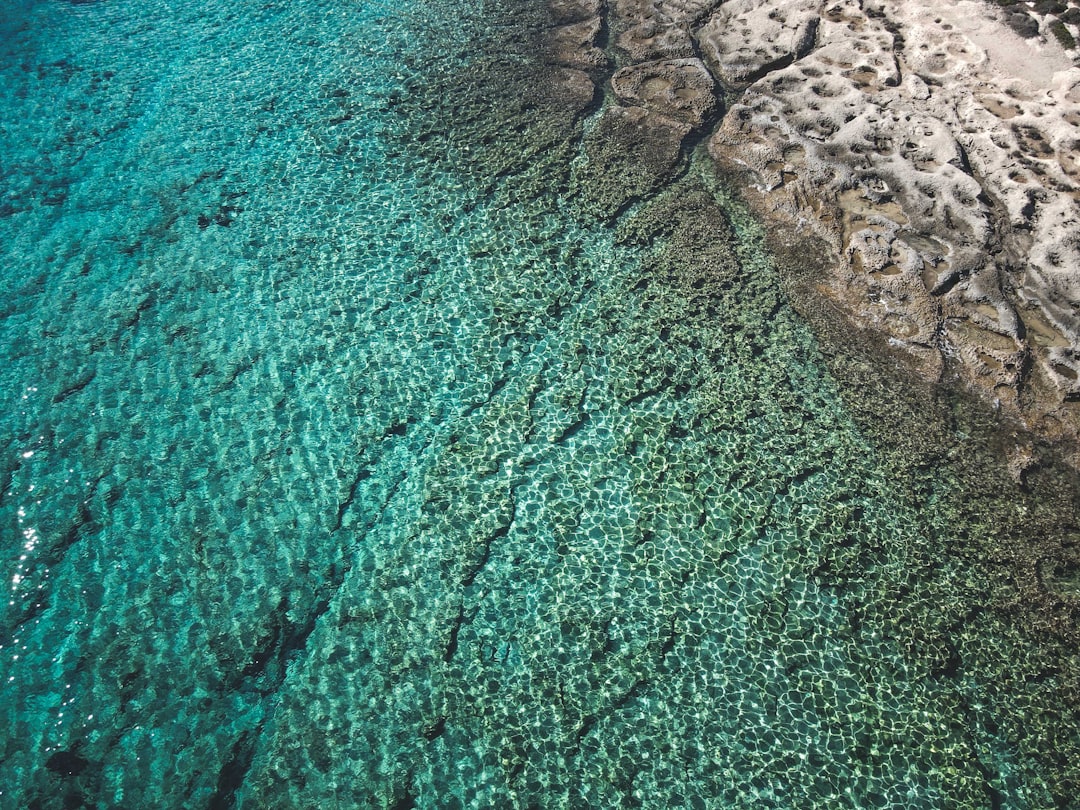
Scientists have found that in some regions, a healthy coral reef can reduce 97% of a wave’s energy before it hits the shore, and just 100 meters of mangrove trees can reduce wave height by 66 percent. A recent study found that mangroves in Florida protected approximately 625,000 people and prevented $1.5 billion in direct flood damages during Hurricane Irma in 2017. However, these natural barriers are being overwhelmed by the accelerating pace of erosion and sea level rise. The loss of natural beach affects the stability of building foundations as well as how the ecosystem of the beach rebounds between storms and seasons.
The Gulf Stream Slowdown Effect
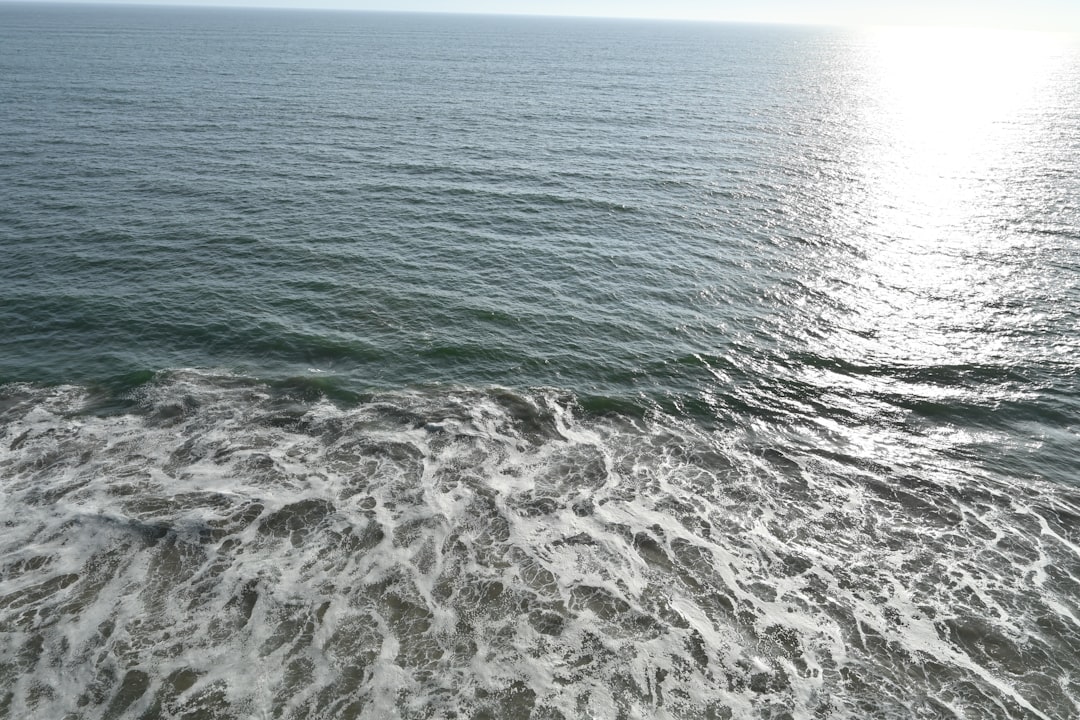
The constant slowing down of the Gulf Stream is a major factor in Florida’s sea level rise. Climate scientists have recently detected warning signs of the collapse of Gulf Stream currents, which are already at their slowest in at least 1,600 years. A slower Gulf Stream is already increasing sea levels and causing unusually high tides, so-called king tides. When king tides occur, seawater can get pushed into drainage pipes and spill out into the streets, causing severe urban flooding. While these events are nothing new for Florida, they are now not only getting more frequent and longer but also significantly more powerful.
Specific Cities Face Varying Degrees of Crisis
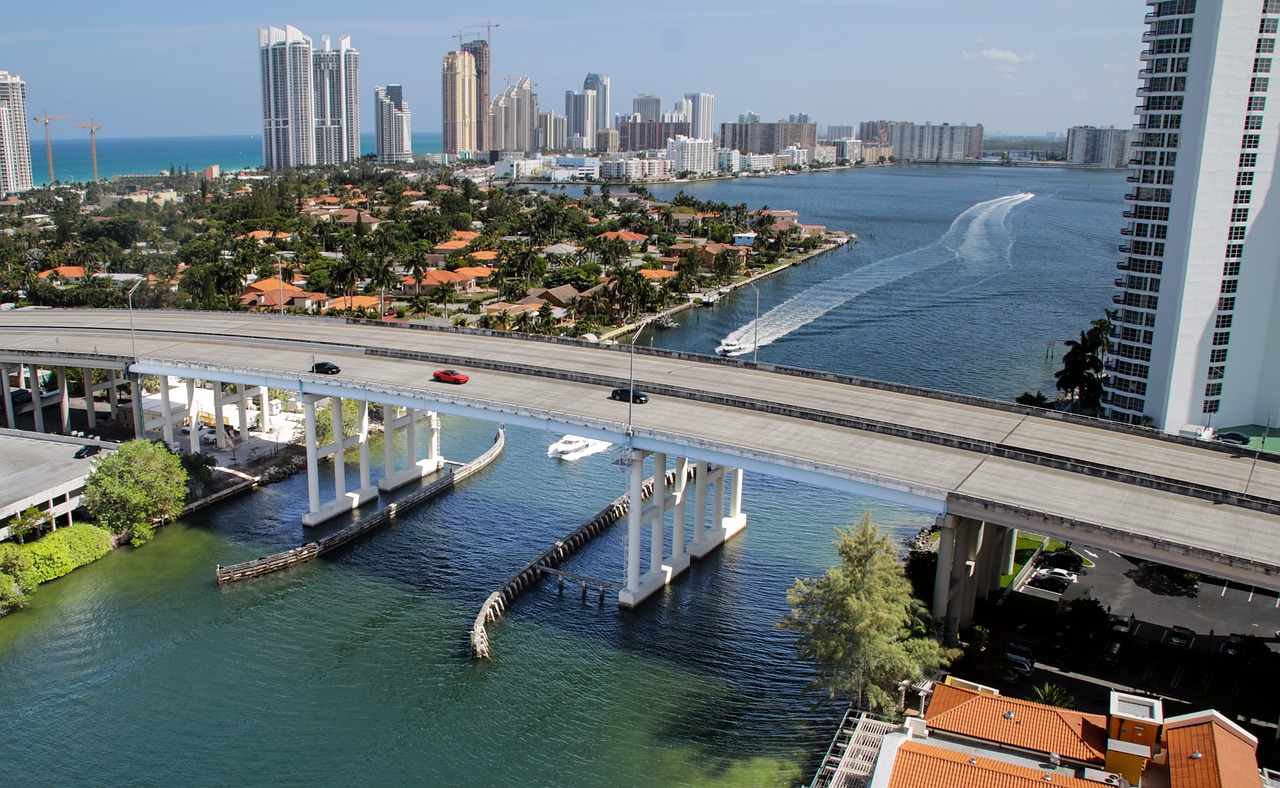
Pensacola faced the highest sea level rise, at a rate of 3.709 millimeters a year. Fort Myers and St Petersburg, both along the Gulf Coast, were not much better, seeing rises of 3.706 millimeters annually. Cedar Key saw the greatest acceleration in rise rate, with an acceleration rate of 0.195. This is unsurprising, given that Cedar Key is on a cluster of islands loosely connected to mainland Florida, but it signifies how at risk many other urban areas in the U.S. on islands are. The lowest levels of increase were in Jacksonville, which reported an increase of 3.287 millimeters a year.
Future Projections Show No Relief in Sight
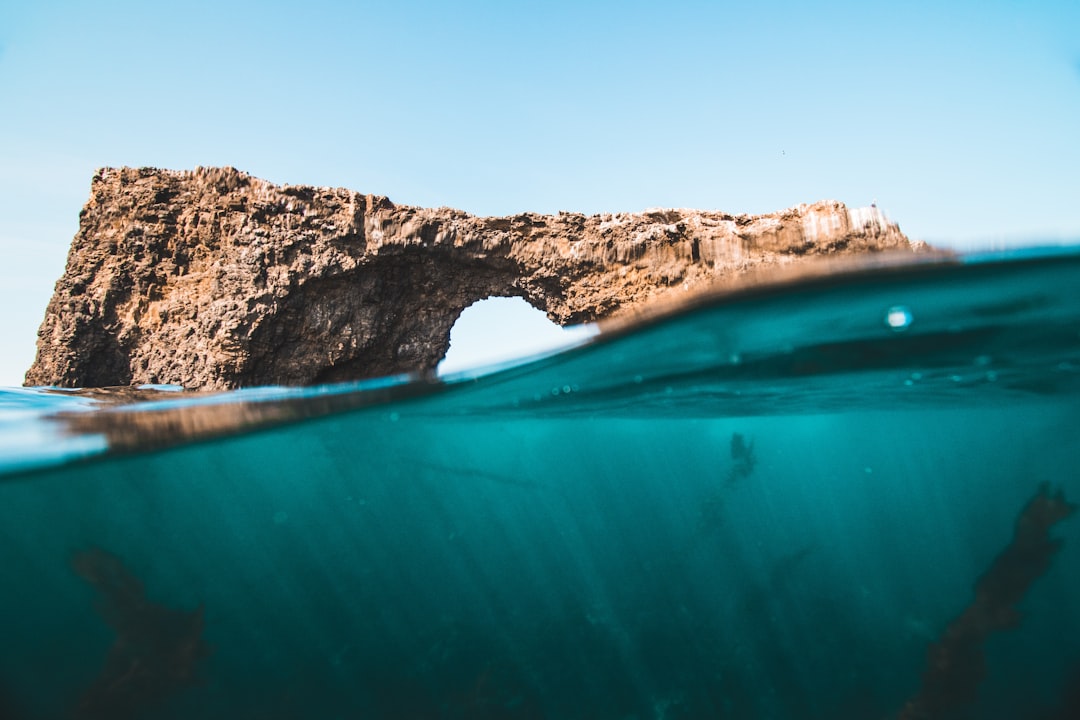
In Florida, experts predict that in the next 15 years, sea levels will rise by another six inches, bringing irreversible consequences to its residents and ecosystem. According to NOAA’s projections, a sea level rise of around three feet would see much of Florida’s coastline consumed by the sea. Key West to Homestead would be underwater, as would a large portion of Miami. Under six feet of sea level rise, all of Monroe County would be gone, while the coastlines around Cape Coral, St Petersburg and Tampa would retreat significantly. A study found that a 15 inch increase in nearby sea levels would have resulted in a 150% increase in the number of homes impacted by Hurricane Irma’s storm surge. This should serve as an explicit warning of the exponentially higher impact that extreme weather events will have in the future.
Why Traditional Solutions Are Failing
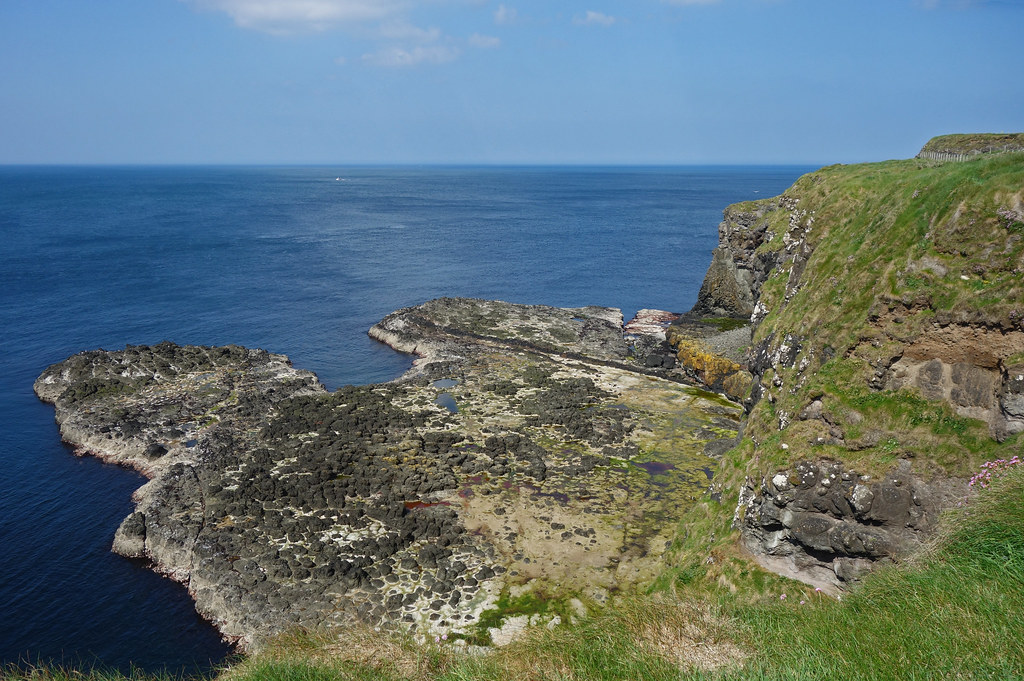
Wider beaches can help absorb the impact of a storm, but when the beach is narrow and low, the water and waves easily rise above the beach and wash away the sand, causing erosion. Prior to Hurricane Idalia, much of Pinellas County’s shoreline was already vulnerable as there hadn’t been a beach nourishment since 2018. With much of the shorelines’ protection washed away, the beaches won’t be able to withstand the impact of a future storm and therefore, could result in direct damage to nearby structures, docks, sea walls and roads. “Most of our beach today is man-made – we’ve been systematically building up our coast and our beaches for much of my career. It’s important to have a wider beach and a dune system as it’s the first line of defense to a storm impact”.
The reality is stark: Florida’s coastline is disappearing faster than anyone anticipated, and the solutions we’ve relied on for decades are proving inadequate against the accelerating forces of climate change. With sea levels rising at an unprecedented pace and storms becoming more destructive, the question isn’t whether Florida will lose more of its coast – it’s how much, and how quickly. What will Florida look like in another generation if these trends continue?



